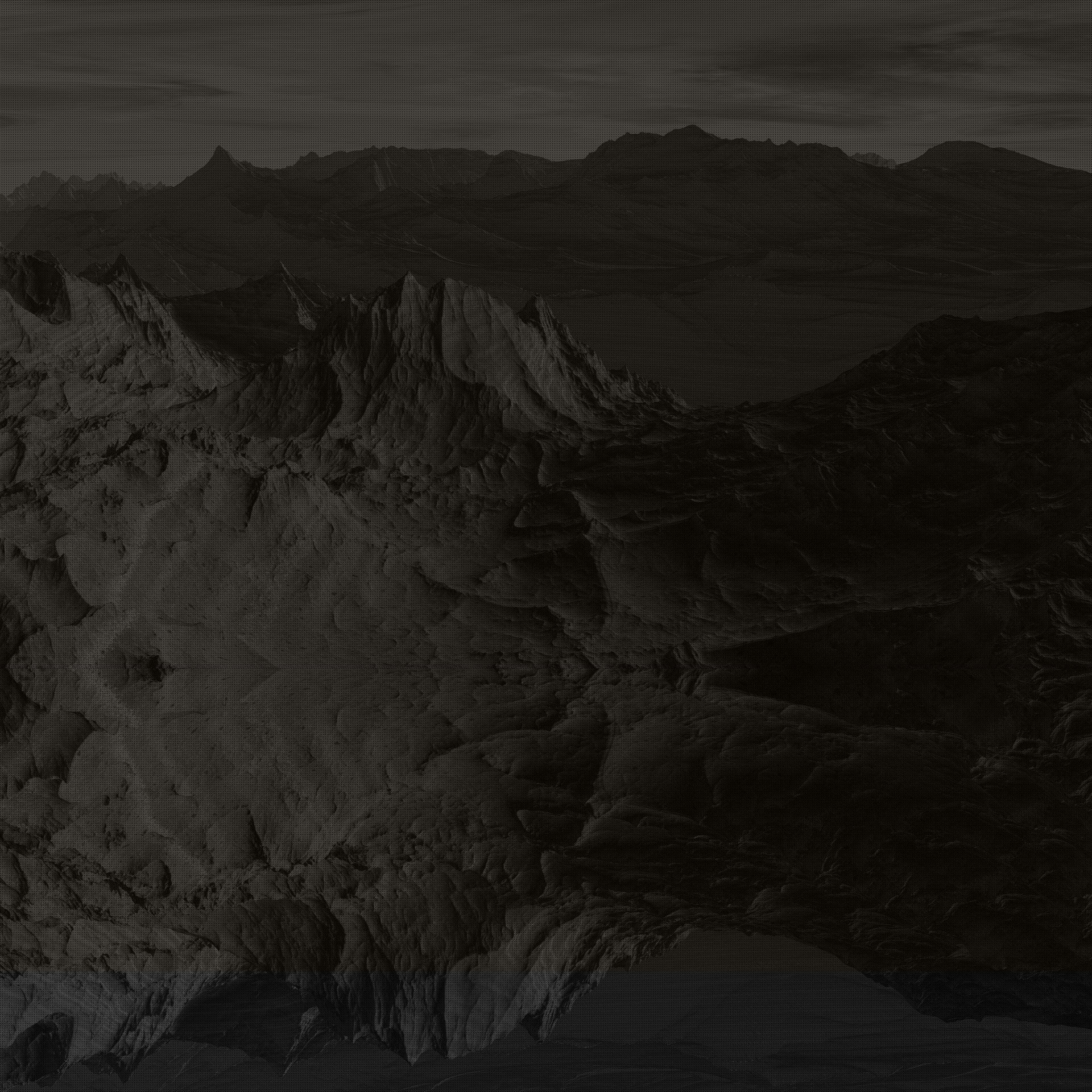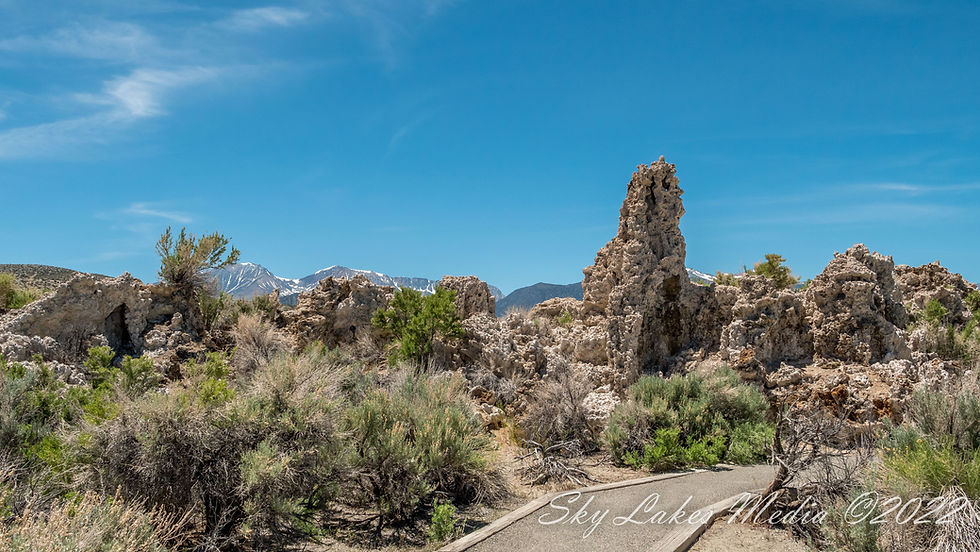The Green Flash
- Nov 14, 2020
- 3 min read

After years and years of trying to even see it, I was actually able to capture it in a photo. This image was shot at 200mm and cropped about 70% to give you a better look at the Green Flash. Since posting to our Facebook page we have been getting a bunch of questions about how the “Green Flash” of the setting sun happens. Because of that, I thought I would share a friends write up on it.
This is what Greg had to say about the phenomenon:
Getting a "green flash" in pictures is a very tough thing to do. It lasts just mere seconds. You pretty much have to be taking pictures of a sunrise or sunset already to really get it. Many outdoor photographers rate it as the toughest phenomena to capture on film. The green flash and green ray are meteorological optical phenomena that sometimes occur transiently around the moment of sunset or sunrise. When the conditions are right, a distinct green spot is briefly visible above the upper rim of the Sun's disk; the green appearance usually lasts for no more than two seconds. Rarely, the green flash can resemble a green ray shooting up from the sunset or sunrise point. Green flashes occur because the earth's atmosphere can cause the light from the Sun to separate, or refract, into different colors. Green flashes are a group of similar phenomena that stem from slightly different causes, and therefore, some types of green flashes are more common than others. Green flashes may be observed from any altitude. They usually are seen at an unobstructed horizon, such as over the ocean, but are possible over cloud tops and mountain tops as well. They may occur at any latitude, although at the equator, the flash rarely lasts longer than a second. I have seen the green flash from the top of the Cascades looking east during sunrise, and have seen it at sunset over the ocean as Mark captured. A green flash also may be observed in association with the Moon and bright planets at the horizon, including Venus and Jupiter. With an unrestricted view of the horizon, green flashes are regularly seen by airline pilots, particularly when flying westwards as the sunset is slowed. If the atmosphere is layered, the green flash may appear as a series of flashes. While observing at the Vatican Observatory in 1960, D.K.J. O'Connell produced the first color photographs of a green flash at sunset. Green flashes are enhanced by mirages, which increase refraction. A green flash is more likely to be seen in stable, clear air, when more of the light from the setting sun reaches the observer without being scattered. One might expect to see a blue flash, since blue light is refracted most of all and the blue component of the sun's light is therefore the last to disappear below the horizon, but the blue is preferentially scattered out of the line of sight, and the remaining light ends up appearing green. With slight magnification, a green rim on the top of the solar disk may be seen on most clear-day sunsets, although the flash or ray effects require a stronger layering of the atmosphere and a mirage, which serves to magnify the green from a fraction of a second to a couple of seconds. On rare occasions, a "blue flash" is seen. This is due to the amount of blue light being sufficient to be visible thus, the "blue flash". I have never seen a "blue flash."








Comments